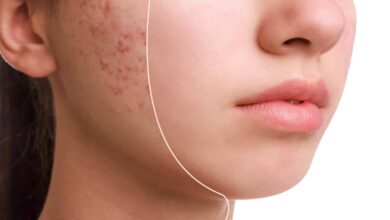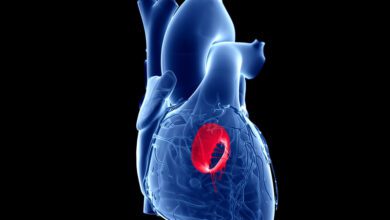Heat stress and sunstroke… Discover the differences between them
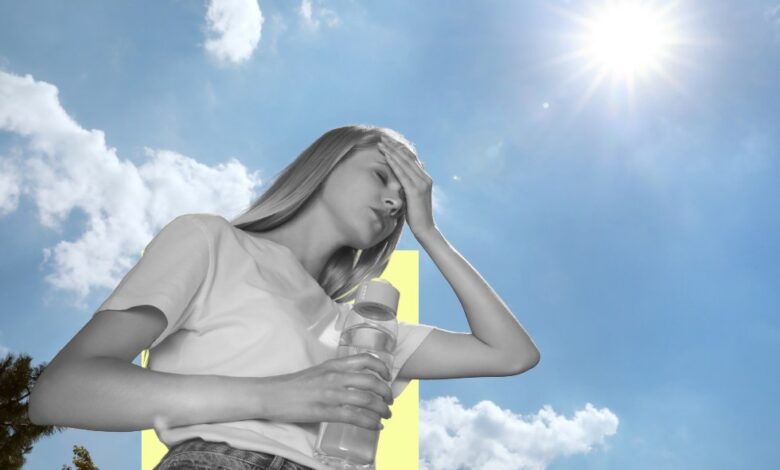
1
To avoid confusion between these terms that always come to our ears in the summer, when the climate is hot, many people still want to know how to distinguish between heat exhaustion and other signs that indicate that a person is suffering from sunstroke as a result of direct exposure to harsh rays or walking for a long time under its extremely hot rays. In our next topic, we will discuss the difference between heat exhaustion and heat stroke.
Heat stress and heat stroke


Heat stress and heat stroke
It is obvious that the body faces difficulties in maintaining its normal temperature, which is estimated at 37 degrees Celsius in light of changes in the weather condition by reaching extremely hot levels, as this rise is associated with stress or heat exhaustion. However, in the case of spending hours outside due to excessive exposure to the sun’s rays, we We expect to go home with heatstroke.
What are heat-related illnesses?
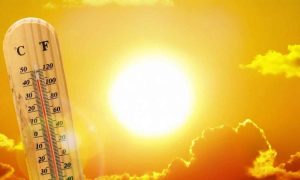

What are heat-related illnesses?
Heat-related illnesses are classified into two types according to their degree of severity. They range from minor skin problems, such as sunburn and red spots from a rash, to more severe problems, represented by sunstroke and heat exhaustion. Some may view cases of sunstroke with some lenience, considering them a transient medical condition, but when they are… Serious, as the body temperature may exceed 103 degrees, which makes it among the emergency situations that require urgent and rapid therapeutic intervention, as it can result in problems based on the disruption of the body’s vital functions, which is a result of the cessation of the work of proteins.
The difference between heat exhaustion and heat stroke
-Firstly, heat stress
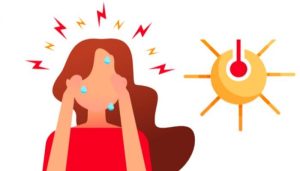

Heat stress
When you touch your face and body and find that it is hot and at the same time loses the ability to regularly adapt to temperature increases, you are likely suffering from heat exhaustion, and although anyone can be affected by it, except those with hard professions and athletes who practice high-intensity exercise in the sun. They are most susceptible to infection and its symptoms begin to appear quickly, i.e. within minutes, or it may be gradual or expected to occur over the course of several hours.
Symptoms of heat stress


Symptoms of heat stress
There are a number of signs that, if present in a person, represent a noticeable indication that he or she is exposed to heat stress, including:
- Profuse flow of sweat secretions with pale skin
- An intense feeling of high temperature and the body’s inability to adapt to it
- The temperature is greater than usual levels, which means fever
- Feeling a severe headache
- A feeling of heaviness in the head, with a feeling of vertigo and dizziness prevailing
- Loss of desire to eat, up to complete loss of appetite
- It irritates the stomach, which increases the feeling of nausea.
- An uncomfortable tingling and physical numbness sensation
- Stomach cramps
- Increased rapid breathing rates
- The heartbeat is fast and weak
- Increased thirst
Sometimes, heat exhaustion can develop into heatstroke as a result of the body losing the ability to regulate and control its temperature well, or as a result of unprecedented rises in the body’s core temperature, which requires immediate medical advice.
Read also: Beware of applying these cosmetic ingredients to your skin and being exposed to sunlight
Effective therapeutic measures for heat stress
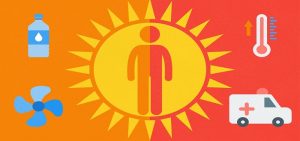

Effective therapeutic measures for heat stress
-Get enough rest and relaxation, preferably in a cool place
Make sure to choose light clothing items made of cotton, preferably in light colours
Apply cold water compresses by wiping around the neck, armpits and forehead areas
-Drink more water and natural fluids
Sunstroke
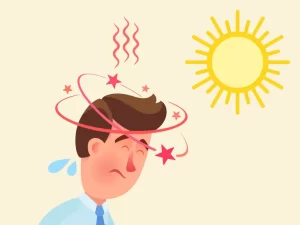

Sunstroke
After we talked about heat stress, it is time to talk about the other side of the comparison, which is heat stroke, which is one of the diseases widely used to describe diseases resulting from extreme heat, and its occurrence is linked to increases in body temperature to the point of losing the ability to achieve adequate control, and thus The body’s own mechanism for cooling itself will be disrupted. It is a natural result of prolonged exposure to sunlight for as long as possible, and its symptoms appear suddenly, requiring urgent medical attention. Its symptoms include the following:
Symptoms of heatstroke
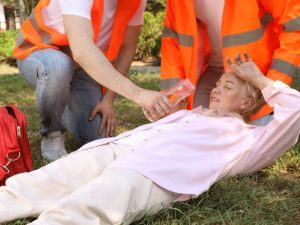

Symptoms of heatstroke
- The body temperature reaches 40 degrees, which represents an increase
- Low levels of sweating
- The appearance of red skin spots
- Exposure to a state of fainting and loss of consciousness due to insufficient blood supply to the brain for some time
- Slurred tongue, hallucinations, and speaking incomprehensible words
- The desire to vomit and upset the stomach, leading to a feeling of nausea and severe headache
- Increased heart rate at a rapid rate
- Symptoms usually last between 24 to 28 hours
Therapeutic measures for heatstroke
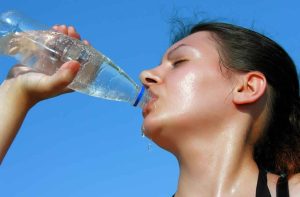

Therapeutic measures for heatstroke
- Reduce the number of times you are exposed to the sun, preferably avoiding it completely
- It is best for the injured person to take a cold water bath
- Drink more water and natural fluids
- Do not drink excessive amounts of caffeine, such as coffee, tea, or alcoholic drinks

